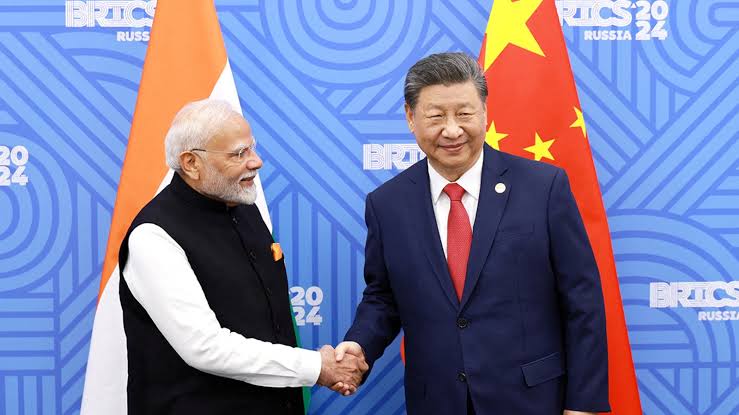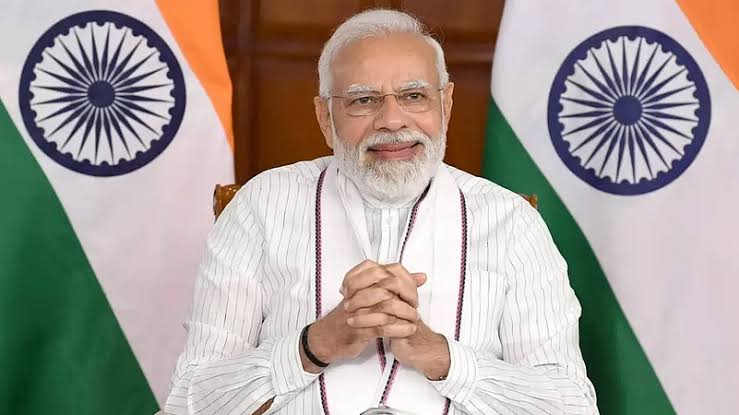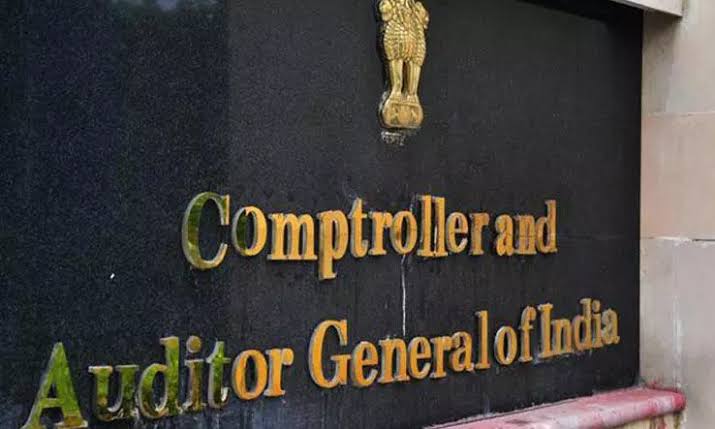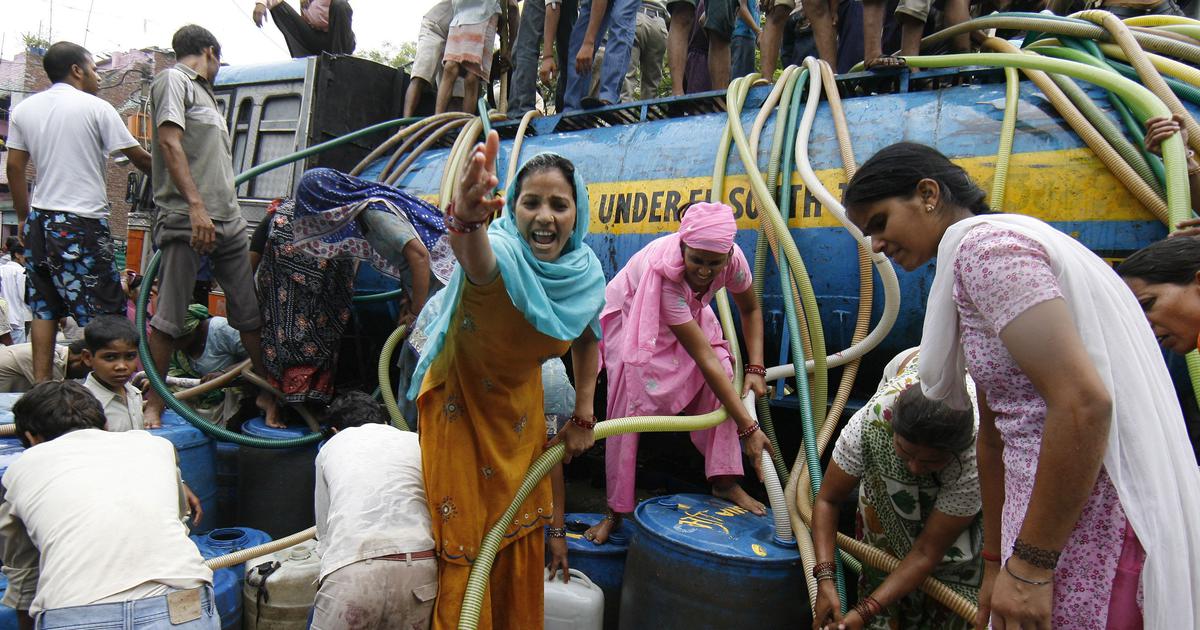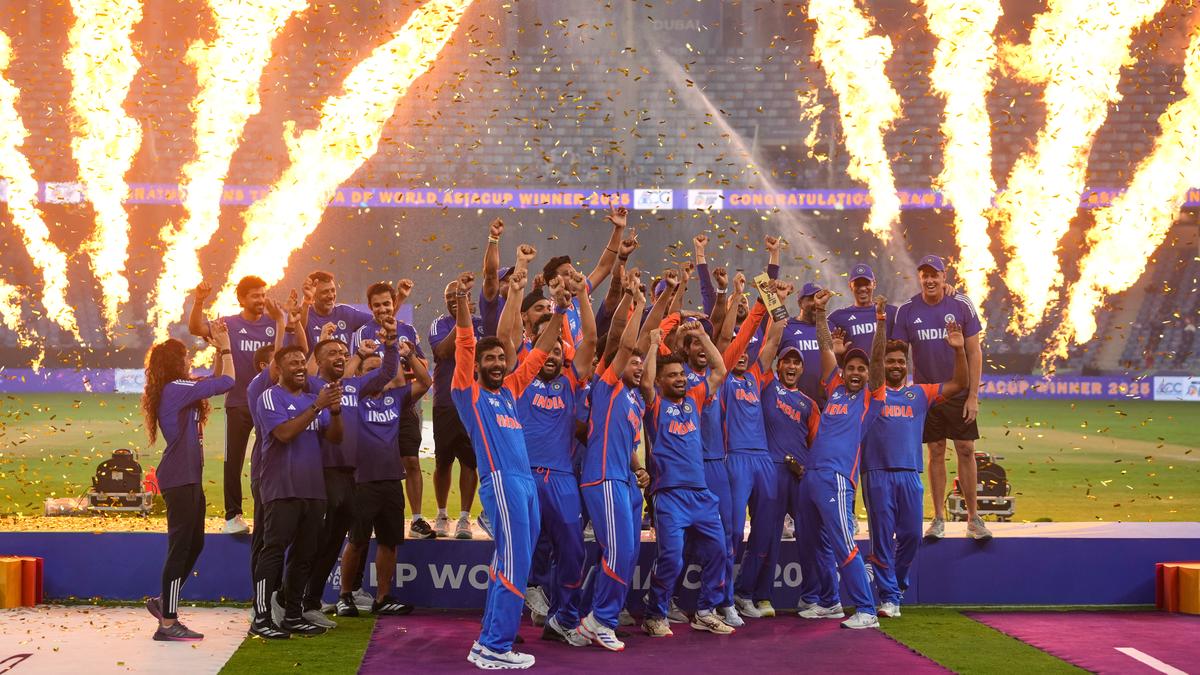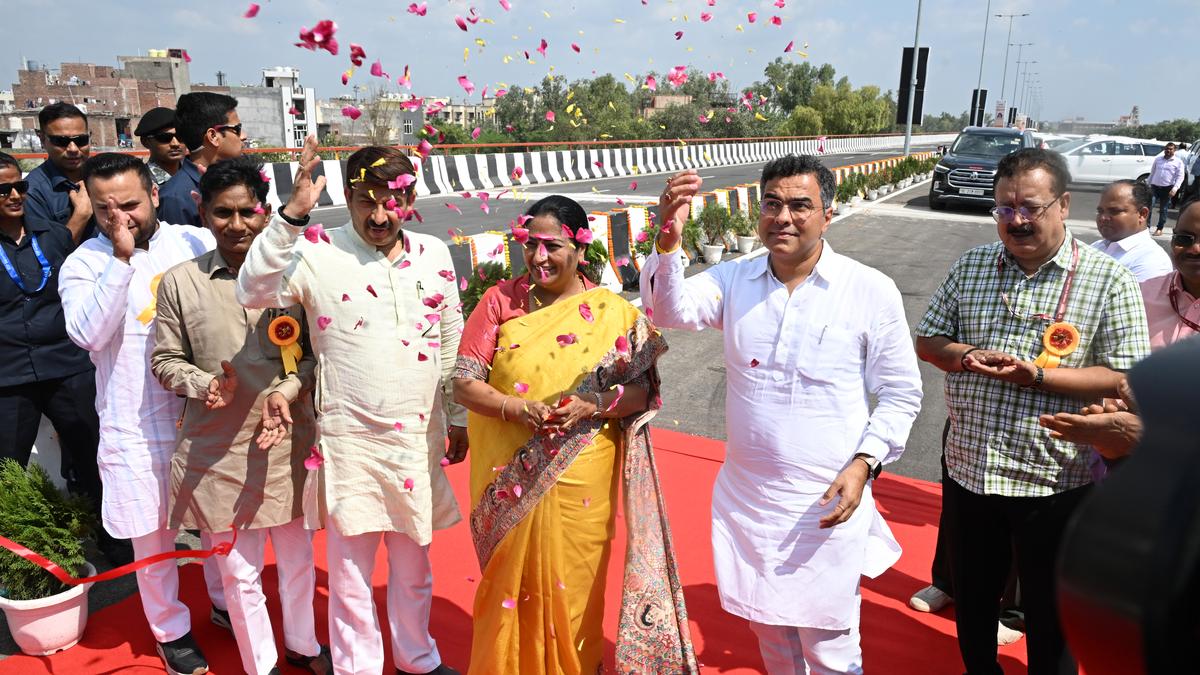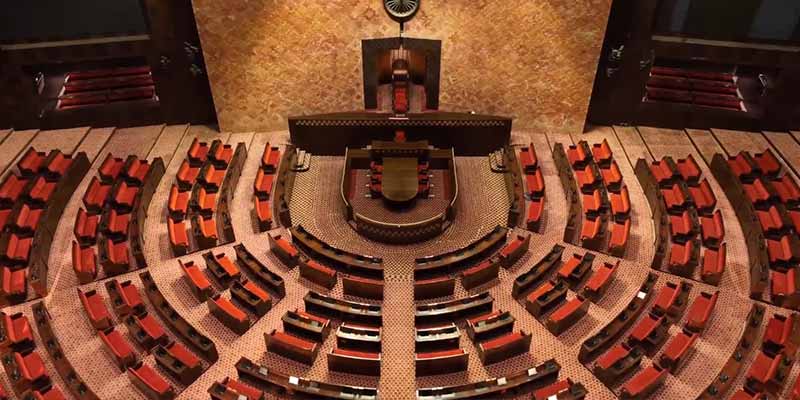
The Indian Parliament has two houses: Lok Sabha (Lower House) and Rajya Sabha (Upper House). Rajya Sabha represents the states and union territories, ensuring their interests are protected.
The maximum strength of Rajya Sabha is 250, out of which 238 members represent states and union territories, and 12 are nominated by the President for contributions in art, literature, science, and social service. Currently, it has 245 members.
Members are elected indirectly by state legislative assemblies using proportional representation through a single transferable vote. Union territories like Delhi, Puducherry, and Jammu & Kashmir also send representatives.
Unlike Lok Sabha, Rajya Sabha is never dissolved. Instead, every two years, one-third of its members retire, making it a ‘continuing chamber.’ This gives the House stability.
The Vice President of India is its ex-officio Chairman, while a Deputy Chairman is elected from among members. Rajya Sabha cannot reject a Money Bill but can suggest changes.
Thus, Rajya Sabha balances power, protects federal interests, and brings experienced voices into India’s law-making process.
Post a comment
PM Modi to address nation at 5:00PM Today!
- 21 Sep, 2025
- 2
India’s UN Roar: Tyagi Accuses Pakistan of Terrorism!
- 24 Sep, 2025
- 2
States’ debt surge, EC form-7 & River silt issues!
- 20 Sep, 2025
- 2
Why are Delhi’s low income families paying 15% of their...
- 19 Aug, 2025
- 2
How Zubeen Garg became Assam’s Voice of Unity!
- 04 Oct, 2025
- 2
Categories
Recent News
Daily Newsletter
Get all the top stories from Blogs to keep track.







